What Paranormal Researchers Get Wrong When They Talk About Quantum Physics
By Matt Scofield
August 23, 2022
August 23, 2022

Photo: Aryo Yarahmadi

Photo: Aryo Yarahmadi
This page is more than two years old.
Paranormal teams often share memes relating to quantum physics, a topic which is also touched upon by esoteric and new age thinkers, but their understanding of the subject is often misunderstood and scientific sounding terms are misquoted.
It's not surprising that the area of research has been adopted by the paranormal world when terms like "spooky action at a distance" are used to describe quantum entangled particles.
The truly mind-bending quantum principle known as the observer effect is often used to suggest that human perception can shape the fundamental building blocks of the universe, and certain parts of quantum theory seem to question the very nature of reality.
The thing is, spooky action isn't to do with anything the supernatural and the observer effect doesn't mean the universe is being changed through human observation.
Spooky Action At A Distance
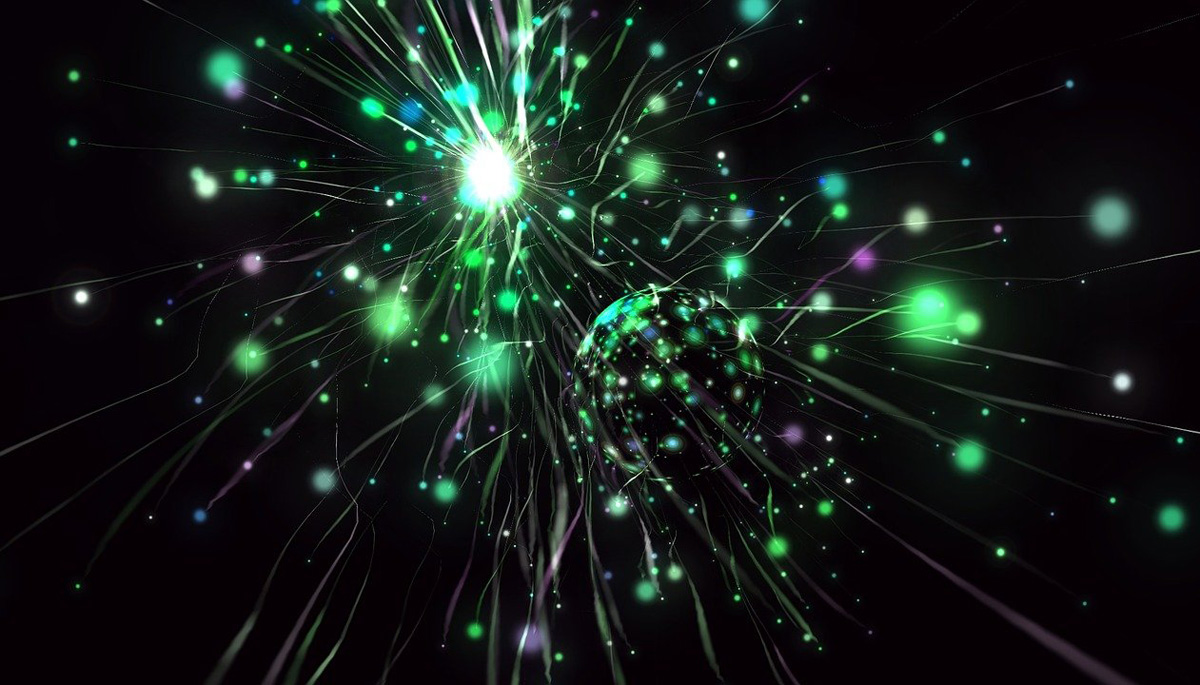
Photo: pixabay.com
Spooky action at a distance describes how under certain conditions two subatomic particles can become entangled no matter how far apart they are. If we measure a property of one of these entangled particles something really strange happens, we find that the other particle has the exact same measurement no matter how far away it is.
It's called "spooky" because of its unexpected and uncanny behaviour, not because it is in any way supernatural or paranormal. Although we don't know much about some of the weirder properties of quantum physics, it's not a complete mystery. In fact it was Albert Einstein who coined the phrase "spooky action at a distance" way back in 1935.
It's called "spooky" because of its unexpected and uncanny behaviour, not because it is in any way supernatural or paranormal. Although we don't know much about some of the weirder properties of quantum physics, it's not a complete mystery. In fact it was Albert Einstein who coined the phrase "spooky action at a distance" way back in 1935.
The Observer Effect
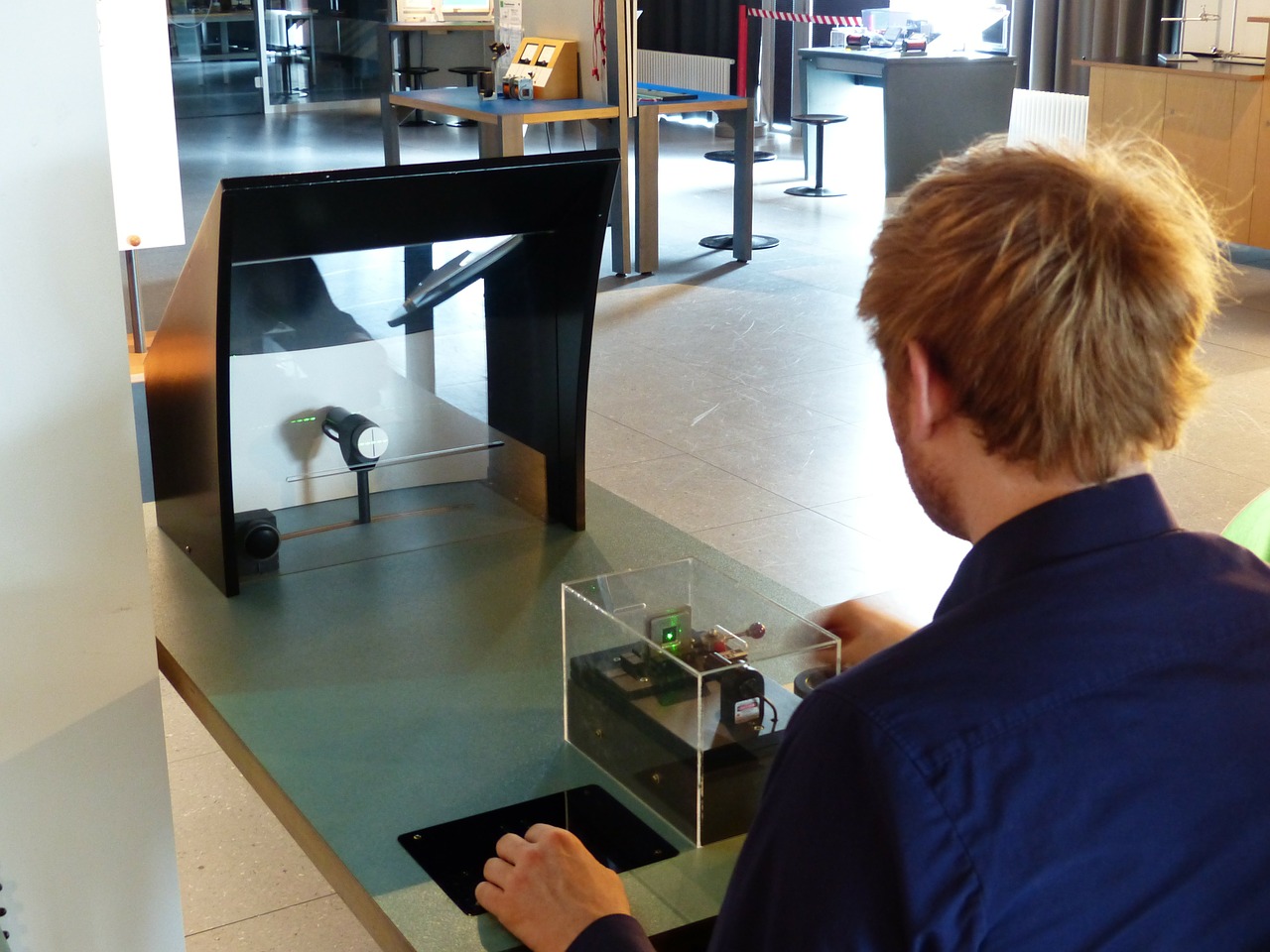
Photo: pixabay.com
One of the strangest phenomena in quantum physics is the observer effect, which can be demonstrated using the double-slit experiment, the outcome of which is often described as mysterious, a term not often used in the scientific world.
The reason for this label is because the outcome of the experiment changes depending on whether or not we observe the results.
The experiment involves shining a beam of light at a panel with two parallel slits in it. Some of this light passes through the slits forming two paths. The light exiting these slits interfere with one another. The interference can be seen when the light hits a second panel as a series of alternating brighter and darker spots. The pattern appears brighter where the waves converge and reinforce each other.
This experiment shows us that photons, which are particles of light, can behave like waves as well as particles. The same test can be carried out on quantum particles, like electrons, and can be used to prove that these tiny subatomic particles also behave like waves and particles at the same time. It's called wave-particle duality.
Where this starts getting weird, is when you fire a single electron towards the slits. Although there is only one particle at a time, overtime the same interference pattern builds up on the panel. This implies that the electron passes simultaneously through both slits and interferes with itself. This phenomena of being in two places at once is known as a superposition state.
When scientists observer the experiment to try to understand which slit the electron really passed through, they encounter something very odd. Observing the experiment seemed to force the electron to pass through one specific slit, not both, causing the interference pattern to vanish and creating a single line on the second panel.
So, just by observing the electron's path, we change the outcome. If the way the world behaves at this fundamental quantum level can change depending on whether we observe it or not, then does this mean that consciousness can influence reality?
Well, no. You have to remember that quantum physics is the study of things that happen at tiny, subatomic level. We're not able to observe a single electron with the naked eye, it's just too small and it's energy is generally too weak.
The term "observing" in the context of the double slit experiment means placing an instrument in the setup to detect the electron as it passes through either one of the slits. This detector changes the outcome of the experiment even without human consciousness being involved.
The reason for this label is because the outcome of the experiment changes depending on whether or not we observe the results.
The experiment involves shining a beam of light at a panel with two parallel slits in it. Some of this light passes through the slits forming two paths. The light exiting these slits interfere with one another. The interference can be seen when the light hits a second panel as a series of alternating brighter and darker spots. The pattern appears brighter where the waves converge and reinforce each other.
This experiment shows us that photons, which are particles of light, can behave like waves as well as particles. The same test can be carried out on quantum particles, like electrons, and can be used to prove that these tiny subatomic particles also behave like waves and particles at the same time. It's called wave-particle duality.
Where this starts getting weird, is when you fire a single electron towards the slits. Although there is only one particle at a time, overtime the same interference pattern builds up on the panel. This implies that the electron passes simultaneously through both slits and interferes with itself. This phenomena of being in two places at once is known as a superposition state.
When scientists observer the experiment to try to understand which slit the electron really passed through, they encounter something very odd. Observing the experiment seemed to force the electron to pass through one specific slit, not both, causing the interference pattern to vanish and creating a single line on the second panel.
So, just by observing the electron's path, we change the outcome. If the way the world behaves at this fundamental quantum level can change depending on whether we observe it or not, then does this mean that consciousness can influence reality?
Well, no. You have to remember that quantum physics is the study of things that happen at tiny, subatomic level. We're not able to observe a single electron with the naked eye, it's just too small and it's energy is generally too weak.
The term "observing" in the context of the double slit experiment means placing an instrument in the setup to detect the electron as it passes through either one of the slits. This detector changes the outcome of the experiment even without human consciousness being involved.
Something Unknown Is Influencing Reality
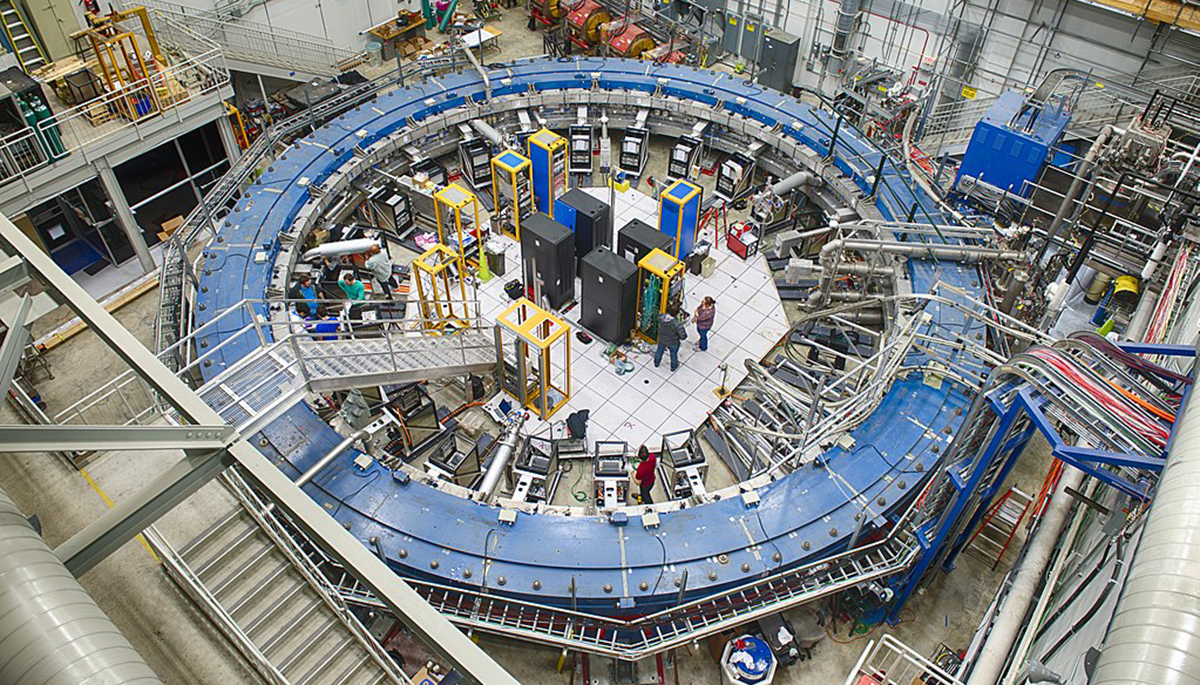
Photo: Glukicov
It's often said that science doesn't have all the answers when it comes to the nature of reality. This became headline news in 2021 when Fermilab announced the results of their Muon g-2 Experiment that suggested that our current understanding of how the universe works might not be the whole picture.
Despite tantalising headlines like 'Government Physics Experiment Suggests Something Unknown Is Influencing Reality' being posted on ghost hunting groups on social media, there was nothing paranormal in nature about the findings.
The experiment actually looked at some tiny subatomic particles called muons, which are similar to the more familiar electron but have a much larger mass. It found these particles didn't behave as we had predicted they would when exposed to a magnetic field based on our current understanding of the universe. The experiment strongly suggests that something currently unknown to us is influencing the magnetic field of muons in ways that we have not yet accounted for.
While the scientific amongst us would conclude that this hints at a new and unexplored exotic branch of physics - perhaps in the form of an undiscovered particle or force, those with a more spiritual bent see this unexpected behaviour as possible proof of a God or spiritual energy of some kind. This is not what Graziano Venanzoni, co-spokesperson of the Muon g-2 experiment, was hinting at when he announced the results.
Despite tantalising headlines like 'Government Physics Experiment Suggests Something Unknown Is Influencing Reality' being posted on ghost hunting groups on social media, there was nothing paranormal in nature about the findings.
The experiment actually looked at some tiny subatomic particles called muons, which are similar to the more familiar electron but have a much larger mass. It found these particles didn't behave as we had predicted they would when exposed to a magnetic field based on our current understanding of the universe. The experiment strongly suggests that something currently unknown to us is influencing the magnetic field of muons in ways that we have not yet accounted for.
While the scientific amongst us would conclude that this hints at a new and unexplored exotic branch of physics - perhaps in the form of an undiscovered particle or force, those with a more spiritual bent see this unexpected behaviour as possible proof of a God or spiritual energy of some kind. This is not what Graziano Venanzoni, co-spokesperson of the Muon g-2 experiment, was hinting at when he announced the results.
Quantum Tunnelling
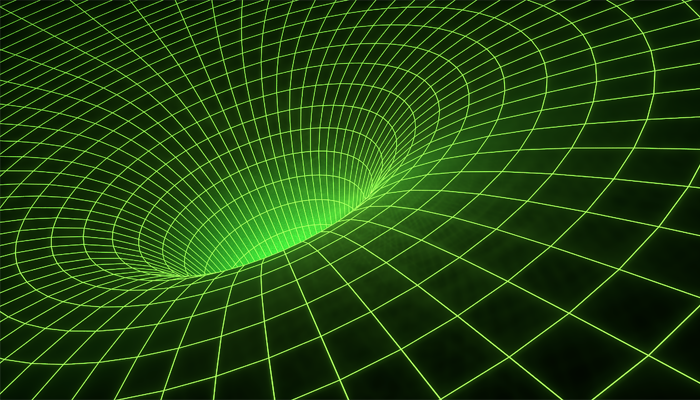
Photo: pixabay.com
It's sometimes stated that the phenomenon of Quantum Tunnelling might explain how objects apport - vanish from one place to appear in another - or pass through solid objects.
Quantum Tunnelling does allow something to pass through a potential barrier, but the key thing to remember when talking about quantum physics is that this branch of physics is the study of the smallest possible amount of something, this means the base particles that make up the world around us.
So when physicists talk about things tunnelling through barriers, they means the tiniest of particles passing through subatomic barriers. Although the objects around us in the macroscopic world that are said to pass through things in poltergeist cases are fundamentally made of these 'smallest possible amount' particles, as a whole they objects are outside the realms of quantum physics because they are more than just those constituent parts.
Quantum Tunnelling does allow something to pass through a potential barrier, but the key thing to remember when talking about quantum physics is that this branch of physics is the study of the smallest possible amount of something, this means the base particles that make up the world around us.
So when physicists talk about things tunnelling through barriers, they means the tiniest of particles passing through subatomic barriers. Although the objects around us in the macroscopic world that are said to pass through things in poltergeist cases are fundamentally made of these 'smallest possible amount' particles, as a whole they objects are outside the realms of quantum physics because they are more than just those constituent parts.
More Paranormal Science
See All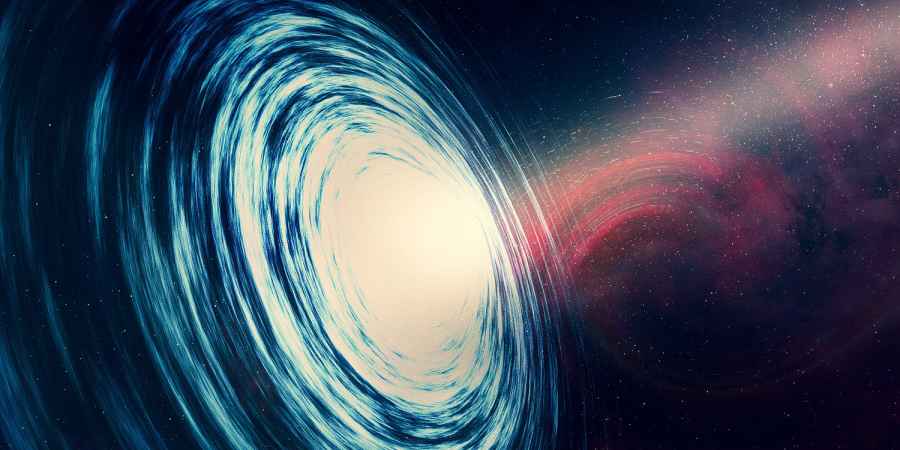
ArrayMarch 10, 2025
What Ghost Hunters Mean When They Talk About Dimensions

ArrayNovember 25, 2024
Is Zero-Point Energy Being Suppressed By World Governments?
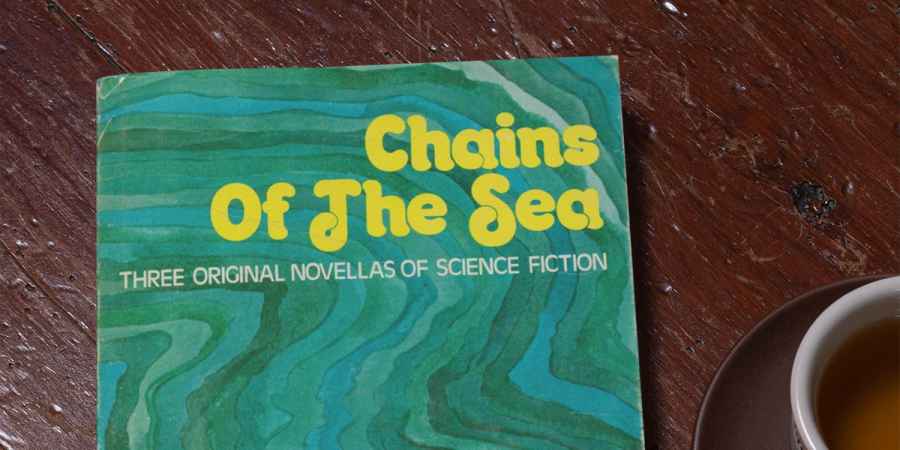
ArrayAugust 28, 2024
Cult Sci-Fi Novella 'Chains Of The Sea' Set For Big-Screen Adaptation
Further Reading
Dive into the world of the paranormal and unexplained with books by Higgypop creator and writer Steve Higgins.

Hidden, Forbidden & Off-Limits
A journey through Britain's underground spaces, from nuclear bunkers to secret wartime sites.
Buy Now
Investigating The Unexplained
Practical advice on conducting paranormal investigations and uncovering the unexplained.
Buy NowMore Like This

ScienceMarch 10, 2025
What Ghost Hunters Mean When They Talk About Dimensions

ScienceNovember 25, 2024
Is Zero-Point Energy Being Suppressed By World Governments?

MoviesAugust 28, 2024
Cult Sci-Fi Novella 'Chains Of The Sea' Set For Big-Screen Adaptation
 See More on Audible
See More on Audible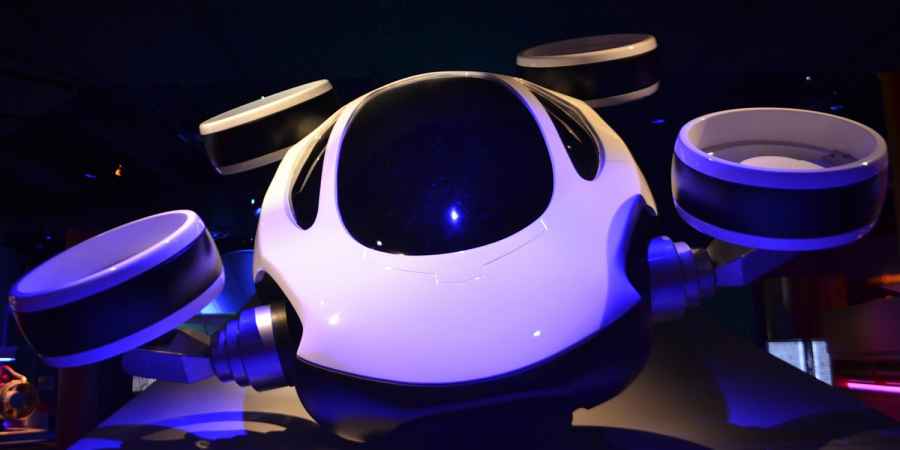


Comments
Want To Join The Conversation?
Sign in or create an account to leave a comment.
Sign In
Create Account
Account Settings
Be the first to comment.